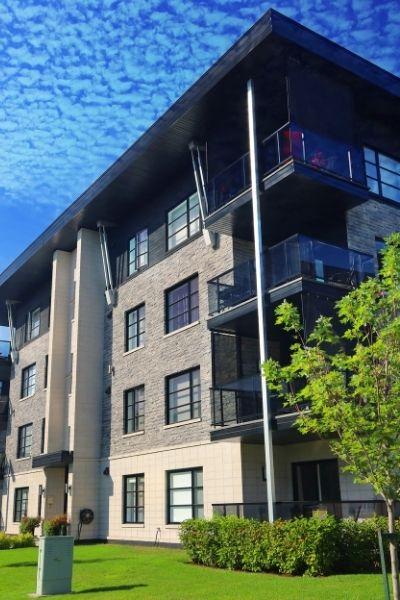 When it comes to reserve funds, a common question we hear is “how much money should our HOA have in reserves?” The truth of the matter is, it depends. Each association is unique in a variety of ways, so the answer to this question varies widely depending on the community, its components, and its wants and needs.
When it comes to reserve funds, a common question we hear is “how much money should our HOA have in reserves?” The truth of the matter is, it depends. Each association is unique in a variety of ways, so the answer to this question varies widely depending on the community, its components, and its wants and needs.
Because there is no uniform answer to this question, it’s prudent that associations of all types commission regular reserve studies. While there are elements of a reserve study that are engineering-based, the primary function of reserve studies is capital planning. From developing capital expenditure schedules to a tailor-made reserve funding plan, reserve studies work with and for your HOA to answer this question for your individual association.
Recommended to be updated on a two to five year cycle, reserve studies keep your association up-to-date on when community components will need repair or replacement, in which order these projects should take place over the next 30 years, and how much money will be required in reserve funds at each specific juncture to ensure timely component maintenance.
The threshold funding method is most commonly used by Reserve Advisors when laying out an association’s capital plan. Using this strategy, HOAs will have a detailed capital plan that answers the exact question, “how much should we have in reserve funds?”
While reserve study providers can utilize a variety of funding methods in their reports, we find that threshold funding allows for associations to put stable amounts of money into reserves each year, making sure that there is enough to ensure that capital projects can be addressed in a timely manner while not hoarding unnecessary amounts of money.
If your HOA is underfunded, a reserve study will help you get back on track to adequate reserves over time. Our engineers are highly versed in life cycle cost analysis and have the knowledge and experience to guide your association to fulfill its responsibilities without overlooking any needed community expenses.
The truth is, the amount an HOA should have in reserves differs year to year, and there isn’t necessarily a specific percentage at which reserves need to be consistently funded. Methods that target an arbitrary balance relative to the fully funded balance do not offer a complete picture of overall financial health. While maintaining a 100 percent funded balance is generally a safe strategy, it typically results in over-funded reserves. On the other hand, threshold funding provides a clear, easy-to-follow plan to ensure a healthy community and adequately funded reserves.
One very important point to consider, however, is that there should ideally always be enough reserve funds to cover expenses when they arise without having to implement hefty special assessments on residents. Not only is this unfair to residents, especially those on a fixed income, but it can lead to decreased property values as underfunded associations are more likely to defer maintenance and capital projects. Furthermore, HOA reserve funds are being scrutinized more than ever by potential buyers.
At the end of the day, commissioning a reserve study and following its recommendations can save associations the time, hassle, and negative outcomes of being underfunded. Better yet? They will answer the question of how much your HOA should have in reserve funds at any given time. Your association and its budgetary needs are unique, and your reserve study will be too!


